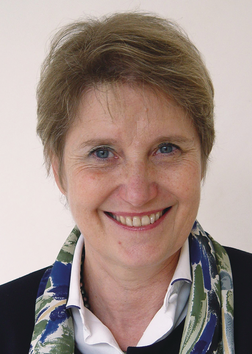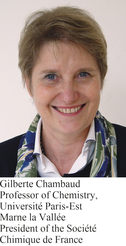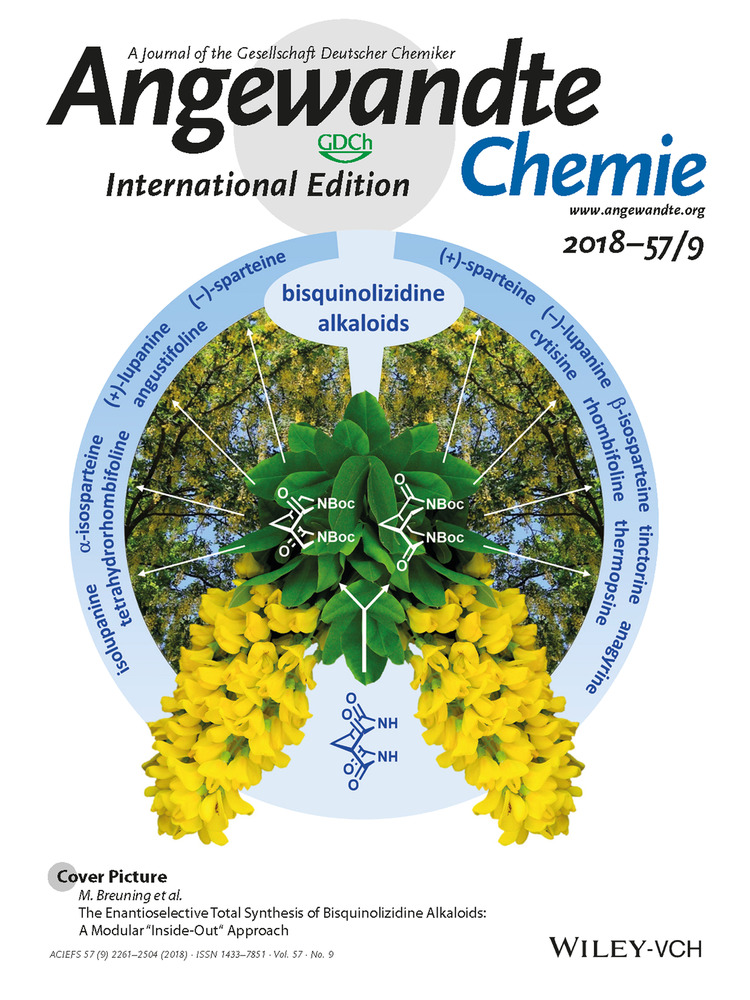Driving Chemistry and Europe
Graphical Abstract
“… Mobility that favors individual exchanges between researchers is extremely important for the scientific community. The merging of scientific publications within a consortium of European journals and the creation of the European Chemistry Congresses have been major successes …” Read more in the Guest Editorial by Gilberte Chambaud.
For the scientific community, one of the most important decisions in the construction of the European Union concerns human mobility that favors individual exchanges between researchers. An essential step was the Schengen Agreement, signed on June 14, 1985, which allowed many people to move freely within Europe—it was effective only ten years later on March 26, 1995. The Maastricht Treaty, signed on February 7, 1992, created a more broadly defined European Union, and to facilitate currency circulation within Europe, the common currency (Euro) was launched in January 1999, initially for eleven of the member states. Moreover, this was also the period where the European research funding and mobility programs were launched.
For the field of chemistry, unity within Europe had become a reality long before it was created as an institution. Historically, scientists have always communicated with each other, and these relations and debates undoubtedly accelerated during the nineteenth century, when a great number of national chemical societies were established. The first one was the Royal Society of Chemistry (RSC), which was founded as the Chemical Society of London in 1841. This was followed by the Société Chimique de France (SCF; initially the Société Chimique de Paris) in 1857. Several other societies were born in the following years, in particular the Deutsche Chemische Gesellschaft (one of the two precursor organizations of the Gesellschaft Deutscher Chemiker; GDCh) in 1867. These societies organized the exchange of knowledge, for example by founding journals and organizing scientific meetings so that chemists were traveling all over the continent.
The creation of the European Community impelled in 1970 the foundation of the Federation of European Chemical Societies and Professional Institutions (FECS), which gathered the national chemical societies, and was transformed into the European Association for Chemical and Molecular Sciences (EuCheMS) in October 2004. It currently brings together more than 160 000 chemists in 40 national societies and organizations from 37 countries (even from beyond the borders of the European Union). EuCheMS is structured in scientific and thematic divisions that interact with their counterparts in the national societies and organize common events at the European level. Among these substructures, the European Young Chemists Network (EYCN) is very dynamic and active, and creates strong interactions between chemists at the early stages of their scientific careers.
For the continental chemical societies, a major success was the merging of national scientific publications to form a consortium of internationally recognized European journals in order to give them a wider audience and make them competitive in the global market. After the creation in 1995 of the first title, Chemistry—A European Journal, by the GDCh, a series of new journals appeared, including the European Journal of Inorganic Chemistry and the European Journal of Organic Chemistry, which celebrated their 20th anniversary in 2017. ChemPhysChem and ChemBioChem followed in 2000, and more and more national societies became involved over time as further sister journals were launched. From 2002, all these societies formed the Editorial Union of European Chemical Societies (EUChemSoc), which in 2009 became ChemPubSoc Europe (Chemistry Publishing Society Europe), an organization of 16 European chemical societies, with Wiley-VCH as publisher. Moreover, in 2002, the SCF and the GDCh created Analytical and Bioanalytical Chemistry, which is published by Springer Verlag with the participation of eight societies. These international scientific journals are continuously expanding.
In addition to these scientific journals, which are published in English, most national chemical societies preserve their national character with their own magazines. At the Wiley-VCH headquarters in Weinheim in March 2017, a meeting of Editors-in-Chief of the ChemPubSoc Europe partner magazines revealed the major similarities in their editorial policy, namely news about the national community, a large diversity of topics with several thematic issues per year, the support of an electronic newsletter, and of course, use of the national language. A resolution was taken to exchange more information and to share editorials and articles of general interest, as well as information on education, ethics, or European programs. In addition to these printed journals, the recently launched ChemViews Magazine is the e-magazine of ChemPubSoc Europe.
The other successful action for EuCheMS has been the creation of the European Chemistry Congresses, which have been held every second year since 2006. These congresses usually bring together more than 2000 scientists, and take place in different countries: after Seville in 2016, the 7th European Chemistry Congress will be organized in Liverpool in 2018 (26th–30th August). These congresses offer the opportunity to award internationally recognized chemists and talented European Young Chemists.
The Bologna Process was launched in 1999 in order to harmonize higher education in Europe. This was established to facilitate the mobility of the younger generations during their studies, in association with the European Credits Transfer and Accumulation System (ECTS), recognized in all European universities. So far, the success of the implementation of this ECTS throughout Europe has not yet been proven, but efforts have been made in this direction. Indeed, programs like the European Region Action Scheme for the Mobility of University Students (ERASMUS), established in 1987, support this activity. ERASMUS was enlarged outside Europe in 2003 with the ERASMUS Mundus program, which allowed international joint masters and doctorate degrees to be taken. After 30 years of existence, the ERASMUS actions have offered mobility to more than 150 000 students and created a strong network of chemists all over Europe.
The Lisbon Process (2000) defined the strategy for creating a knowledge-based economy with specific European funding for research and networking. This strategy was revisited in 2010 with new objectives in the Horizon 2020 program: among these priorities, research and innovation on one hand and education on the other are essential for chemistry. The Marie Skłodowska-Curie actions are of great help for the mobility of both young and senior researchers. Furthermore, many research groups participate in European networking actions, such as COST programs, and gain advantages from these opportunities, for example through sharing large research infrastructures or developing technologies on the European scale for the future.
European educational and research programs have both benefited during the last decades from the strong participation of the UK because of the excellence of its universities and the attraction of its language for students. Facing the Brexit will be a major problem for us, European chemists who are, and wish to stay, strongly connected to our British colleagues. We should do everything possible to mitigate the consequences of the Brexit for all concerned.
Chemistry plays a very important role in Europe, not only because of its strong chemical industry but also for its scientific relevance. To evidence this strength of our subject, it is maybe time to merge our efforts to improve the image of chemistry and to show its capacity to solve energy, health, and environmental problems. Europe is also an important partner for large chemical societies all over the world, as has been recently emphasized, for example, by the agreement between EuCheMS and the American Chemical Society (ACS). Such agreements can be supported by additional partnerships between non-European chemical societies and national European chemical societies to realize specific actions such as the binational awards concluded between the ACS and the SCF. The initiative of the EYCN to actively participate in the creation of the International Young Chemists Network (IYCN) should be also appreciated in this prospect of enlarging the role of European chemistry on the global stage.
In conclusion, European chemistry is highly active thanks to individual collaborations between chemists. These interactions are organized and supported by our national societies and European institutions, but wider international actions, as for example those organized by IUPAC have to be considered so that our European chemistry community can make a global contribution that will contribute to strengthening our European identity.
Europe is still young, and is constantly evolving despite (or because of?) many great challenges— and we as scientists all benefit from it. The European reality that has been achieved by chemists and other scientists should now be a major issue for politicians to promote not only mobility but also the careers of chemists all over Europe.






